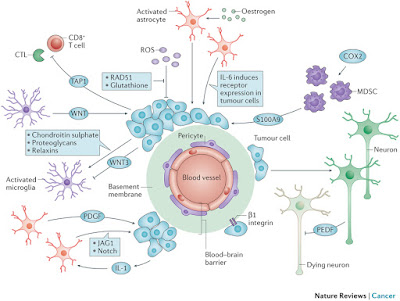Recent advances in lung cancer research suggest a personalized approach to diagnostics and therapeutics to reduce mortality
Due to its high rate of mortality, lung cancer is a prominent area of research for scientists. Lung cancer is a complex disease with many subtypes resulting from factors such as family history, lifestyle and occupation-with each subtype requiring different treatment regimens. Thus, developing therapeutics for this disease requires vast research efforts.
The specific subtypes of the cancer must be paired to successful treatments, which can then be matched to individual patients. The American Type Culture Collection (ATCC) has responded to this initiative for personalized medicine by creating new drug screening and diagnostic test development tools, such as tumor cell panels based on genetic alteration, primary cells, gene-edited isogenic cell lines and cell line derivatives.
"Over the years, we have expanded our portfolio into the most diverse and unique collection of cancer cells to include thousands of human and animal cancer cell lines representing the diversity of the disease," said Fang Tian, PhD, lead scientist at ATCC. "Our growing collection of lung cancer cell lines is now just shy of 100 lines.
Read more: Tools for Lung Cancer Research









